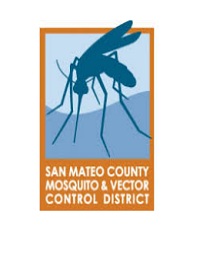
San Mateo County Mosquito and Vector Control District
San Mateo County Mosquito and Vector Control District uses an integrated pest management strategy to safeguard the health and comfort of the residents of San Mateo County. Our service area includes the entirety of San Mateo County. Our mission is to safeguard the health and comfort of the citizens of San Mateo County through a planned program to monitor and reduce mosquitoes and other vectors.